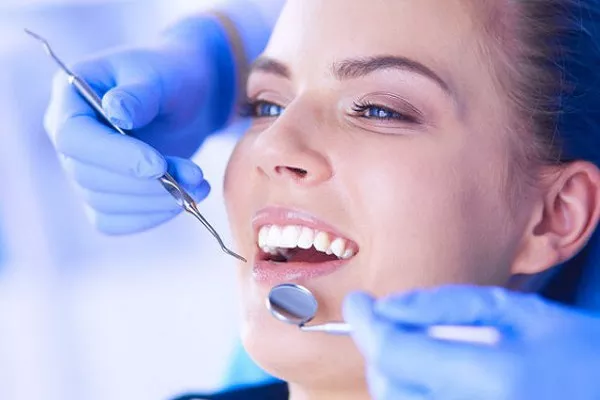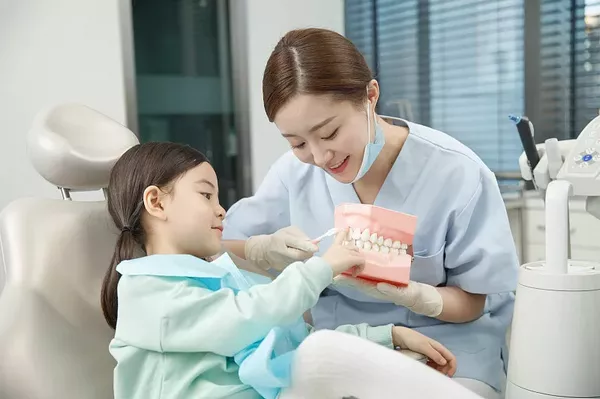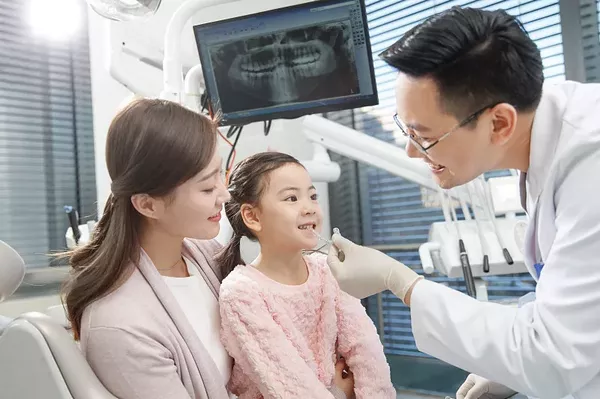In the realm of oral health, the extraction of wisdom teeth is a common procedure that many individuals undergo. However, a puzzling phenomenon often arises postoperatively – one side of the face appears more swollen than the other. In this comprehensive guide, we delve into the reasons behind this asymmetrical swelling and explore effective solutions to ensure a smoother recovery process.
Inflammation Dynamics and Healing Process:
a. Understanding the Nature of Swelling:
The aftermath of wisdom teeth removal often triggers a natural inflammatory response within the body. This inflammation is a part of the healing process, as the body works to repair the tissues affected during the extraction. However, the key lies in recognizing that inflammation doesn’t always distribute uniformly.
b. Factors Contributing to Asymmetry:
Several factors contribute to the uneven distribution of swelling. Individual anatomy, the complexity of the extraction, and variations in blood circulation can all play pivotal roles in determining which side experiences more pronounced swelling.
Anatomical Variances and Their Impact:
a. Individual Facial Structures:
Each person’s facial anatomy is unique, influencing how swelling manifests. The proximity of nerves and blood vessels to the extraction site can contribute to variations in postoperative swelling.
b. Influence of Tooth Position:
The position of the wisdom teeth, whether impacted or erupted, can influence the complexity of the extraction process. Teeth positioned closer to nerves or other sensitive structures may result in heightened inflammation on one side.
c. Impact on Lymphatic Drainage:
The lymphatic system plays a crucial role in managing fluid balance and immune responses. Variations in lymphatic drainage patterns can lead to one side experiencing more swelling as the body copes with the aftermath of the extraction.
Blood Circulation and Swelling Disparities:
a. Vascular Supply to the Jaw:
Blood circulation to the jaw area is a critical factor in determining the extent of postoperative swelling. Variances in the vascular supply to the right and left sides of the face can result in noticeable differences in the swelling patterns.
b. Effect of Surgical Trauma:
The surgical process itself, despite being minimally invasive, can cause trauma to the surrounding tissues. The degree of trauma can vary, impacting blood circulation and contributing to uneven swelling.
Postoperative Care Strategies to Address Asymmetry:
a. Ice Application Techniques:
Strategic use of ice packs is a fundamental aspect of postoperative care. Implementing targeted icing on the more swollen side can help alleviate asymmetry by reducing inflammation and promoting vasoconstriction.
b. Elevation and Rest:
Elevating the head during the initial days post-surgery aids in fluid drainage and minimizes the risk of excessive swelling. Adequate rest is equally crucial to allow the body to focus on healing.
c. Pain Management and Medication:
Proper pain management, as prescribed by the oral surgeon, can contribute to minimizing inflammation. Non-steroidal anti-inflammatory drugs (NSAIDs) may be recommended to control swelling and discomfort.
When to Seek Professional Assistance:
a. Normal vs. Abnormal Swelling:
It’s essential for individuals to differentiate between normal postoperative swelling and signs of complications. If the asymmetry is extreme, persists beyond the expected recovery period, or is accompanied by severe pain, seeking prompt professional advice is crucial.
b. Follow-up Consultations:
Scheduled follow-up consultations with the oral surgeon allow for the monitoring of the healing process. Any concerns regarding swelling disparities can be addressed, ensuring that appropriate measures are taken to promote optimal recovery.
Conclusion:
In conclusion, understanding the dynamics of postoperative swelling after wisdom teeth removal is pivotal for individuals seeking a smooth recovery process. While asymmetrical swelling is a common occurrence, recognizing the contributing factors and implementing targeted postoperative care strategies can make a significant difference. By adhering to these guidelines, individuals can navigate the recovery journey with confidence, ensuring both oral health and overall well-being.
Related Links:
What is the cause of gum disease?
What kind of wisdom teeth can heal themselves?
Do Wisdom Teeth Need Surgery?



























